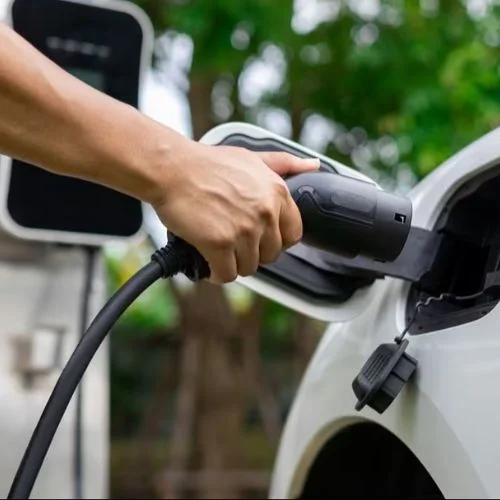The Indian tire industry is riding the high tide of growing passenger vehicle demand, which has helped it overcome comparably poor trends in other categories.
The sales of passenger car radials (PCR) in both the original equipment manufacturer (OEM) and replacement sectors increased in the second and third quarters of the current fiscal year (FY24). Truck and bus radials (TBR), two- and three-wheeler categories, and agri-tyres, on the other hand, have trailed.
“PCRs have increased by 8-10% in the last two quarters. TBRs and two-wheeler tyres have increased by 6% and 5%, respectively. Agricultural vehicle tires, on the other hand, have shown negative growth,” said Rajiv Budhraja, Director General of the Automotive Tyre Manufacturers’ Association (ATMA). TBR sales almost matched PCR growth a year earlier.
The frenzy of passenger vehicle introductions, notably in sports utility vehicles (SUVs), has assured strong demand for OEM tires. “Even during recent state election campaigns, more SUVs were used than buses or trucks,” Budhraja observed.
However, the performance of the heavy commercial tyre market, which accounts for a large portion of tyre producers’ revenue, has fallen short of the industry’s expectations.
“Sales have been impacted by the change in tonnage capacity, with larger vehicles carrying more load instead of several smaller ones. Also, it is unclear if state governments in Chhattisgarh and Madhya Pradesh, which have a lot of mining activity, would alter mining rules, which might harm tire sales,” Budhraja added.
Many tire factories are working at 80-85 percent capacity due to weak demand from the heavy commercial category and shifting patterns in raw material pricing.
“In terms of production costs, it’s been a roller coaster ride. If input prices were high in the first quarter, they were subdued in the second, before rising again in the third. Synthetic rubber prices have recently eased, but it will take some time for them to impact on manufacturing costs,” said Ashish Pandey, Senior VP, of Materials, JK Tyres.
Export problems
Another source of concern for the tire sector is the downward trend in exports. Tyre exports increased by 9% in FY23, a significant decrease from the 50% rise attained the previous year. Exports have slowed further this year as several Western countries experience recessionary tendencies. On the tire export front, India faces severe competition from China. India removed the anti-dumping tax set on the import of cheaper Chinese tyres in 2020 December.
“After the duty was imposed, China began rerouting exports through Thailand and Vietnam. With importers wanting to minimize costs, Indian pricing in the EU and US markets have been under pressure,” Pandey added. “With many Western nations’ economies in disarray, price has become the decisive factor for imports,” he said.
Natural rubber (NR), a fundamental raw resource for the industry, has seen demand grow faster than output. According to the most recent Rubber Board numbers, consumption increased by 6.2 percent year on year (YoY) to 8,37,000 tons between April and October of FY24. During the same period, output increased by just 2.4 percent to 4,35,000 tons.
Non-tyre consumption of rubber (both NR and SR) has increased higher than tyre consumption. Consumption in the tire category increased by 3.6 percent year on year in FY23. It was substantially greater in the non-tyre sector, at 15.7 percent.
According to Shashi Singh, Senior Vice President of the All India Rubber Industry Association, the high tax on inputs such as carbon black and rubber chemicals has been an issue. “AIRIA members in the MSME sector are constantly at a disadvantage due to high material input costs versus marginal import duties on finished products.” As a result, they face the danger of completed product imports from China and ASEAN nations,” he added.
In the current peak tapping season, which is seeing somewhat weak demand, NR prices have been hovering around Rs 150 per kilogram. Given the rise in production costs, farmers believe it is insufficient. Even though Kerala, the country’s biggest rubber producer, guarantees Rs 170 per kg to small growers by subsidizing the gap between market and farm prices, payment delays remain a concern. The Kerala government allocated Rs 600 crore for the project in the most recent budget.
“To assist the growers, the Central government can provide a larger pool of funds of around Rs 2,500 crore to ensure a price of Rs 200 for the rubber grower in Kerala. It may utilize the funds to subsidize the farmer and assist him in supplying NR to tire manufacturers at market prices. It helps both the producers and the customers,” said N Radhakrishnan, a big rubber distributor.















